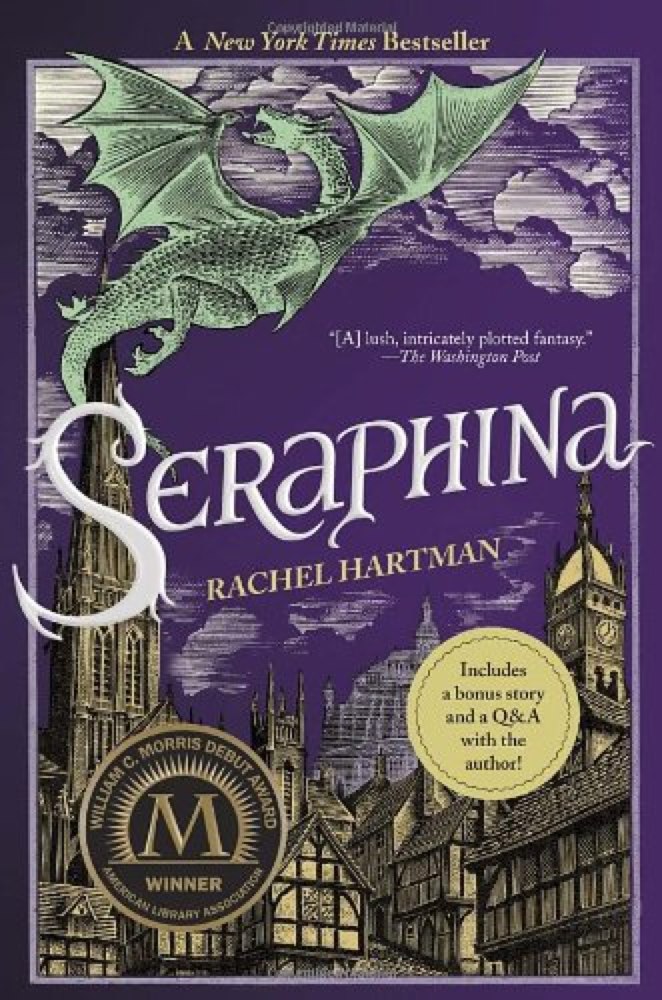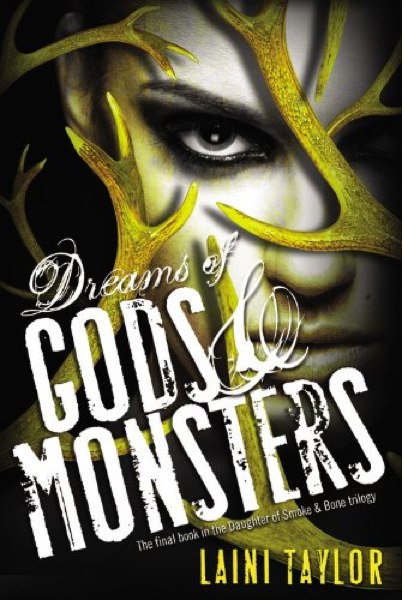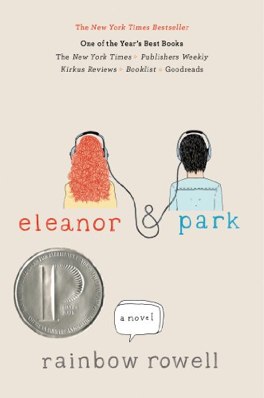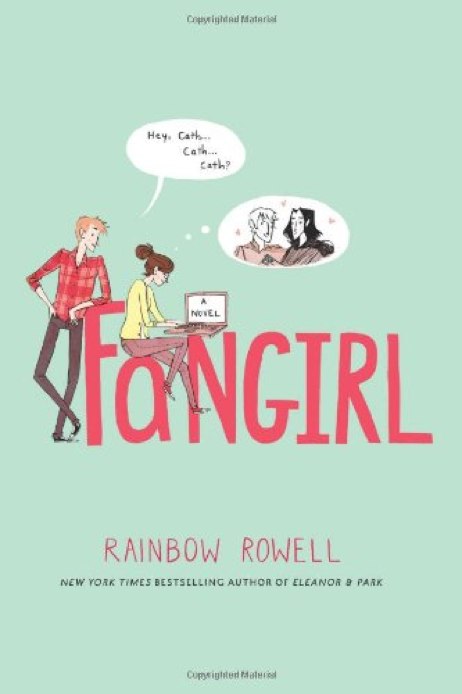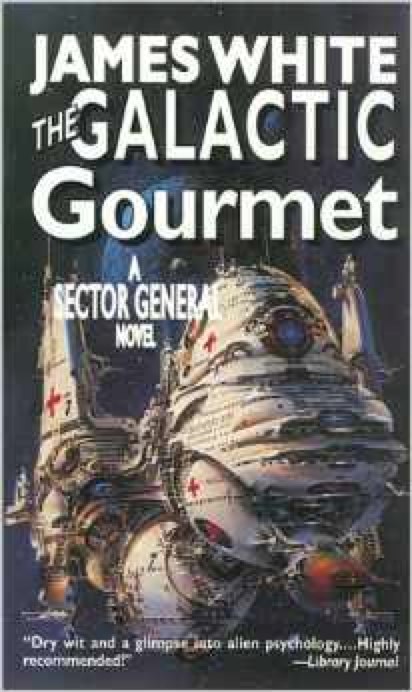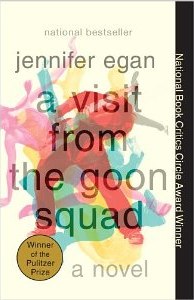More identical twins!
There’s a lot of YA power fantasy these days that involves hot girls with weapons. Rainbow Rowell’s heroine wields a laptop.
Fangirl is a writer’s fantasy. Cather Avery, a freshman at Nebraska, is a huge fan of Simon Snow, the boy-magician who has starred in seven long novels about a magic school. Cather writes Simon Snow fan fiction and has thousands and thousands of loyal readers. “I’m weirdly huge in Japan,” she remarks at lunch one day. She thinks nothing of bashing out three or four thousand words at a time, whenever she needs a new installment. What writer wouldn’t want to be Cather?
Of course, any heroine needs a few obstacles. Cath’s father is bipolar, her mother is absent, her identical twin sister thinks Cath is a dork, her roommate thinks Cath is a joke, and Cath has no trace of self-confidence. Despite a down-to-earth sensibility and a talent for writing steamy gay fanfic that won her an international audience, she’s got the sexual timidity of a mouse. Her sister teases her:
“Think of how many beautiful first times you’ve written for Simon and Baz.”
“That’s totally different,” Cath said dismissively. “They don’t even have the same parts.”
Wren started giggling and then couldn’t stop. She hugged the laptop to her chest. “You’re more comfortable with their parts than —” She couldn’t stop giggling. “—your own … and you’ve never even seen their parts.”
“I try to write around it.” Cath was giggling, too.
On top of this, Rowell has terrific fun by spinning the whole romance into a metafictional top, giving is fascinating snippets of the fantasy fan fiction, snippets of the “real” but imaginary fiction on which it’s based, and then turning everything very cleverly on its head.
April 28, 2014 (permalink)
